Dental Tribune MEA had the pleasure of interviewing Angelo Maura, General Manager for the Middle East, and Africa region at Align Technology. Angelo stepped into this new role in late 2020, following a track record of eight years with Align Technology across three different regions, in a number of global and regional roles.
In this interview we discuss the decision behind Align Technology to establish the MEA Advisory Council of experts in order to provide valuable and neutral insights into the dental industry, now and for the future. As a result, a white paper titled “Digitisation and Patient Care: Mapping New Opportunities in the Dental Sector", was published on the digital shifts in the orthodontic industry.
Tell us about Align Technology’s “Digitisation and Patient Care” whitepaper and the research that took place developing this?
As you know, when the pandemic hit, the industry was quite impacted across the board. This included widespread practice closures, and almost zero patient flows. What we wanted to do overall is understand how patients had embraced the new normal and understand what happened in patients and doctors’ minds regarding the pandemic and the resulting changes. In order to do so, we did two things. First, we had commissioned a survey with YouGov which surveyed 1,000 respondents, half of which are based in Saudi Arabia and the other half in the UAE. We posed questions regarding their sentiment around the future of telehealth and tele dentistry, and how these have been impacted by the pandemic. Second, we ran round-table discussions with several key opinion leaders across the GCC region. We integrated the findings in the white paper and have recently published key results.
What were some of the key findings?
We found that patients had definitely undergone a mind shift by embracing the new normal of digital dentistry. Nearly all of them (88%) said that they found tele dentistry to be highly valuable. Only a third of the respondents used digital communication with their dentists, but out of those, 78% said that they found it even more convenient than before. The overall message is that they will be continuing to use tele dentistry and although this has been where the industry was moving before, the pandemic accelerated its adoption. We also found that nothing can replace face-to-face interaction, as direct dentist care is still fundamental in the industry. And we do believe in that. However, it will be very important for dental professionals to find a balance between face-to-face care and tele dentistry in order to give a better service and better care to patients.
In the “new normal”, will patients still be inclined to choose tele dentistry?
The short answer is: definitely yes. One thing to remember is that tele dentistry did not arise from COVID-19 but had existed before. We saw this during the 2nd Digital Health MENA Forum in Dubai, UAE, in which we participated, where certain tools saw an exponential growth in adoption, in response to the pandemic. However, those are tools that were already in use. So, the simple answer to the question is yes because the majority of the patients surveyed found it even more convenient than before and the dental professionals, too found it more convenient than before. I don’t foresee a return to the pre-pandemic situation in this regard.
How can we balance online and offline communication in telehealth?
This is an important and delicate matter. Face-to-face services are still and will continue to be fundamental for the patient–practitioner relationship. There will always be a need for patients to be seen in person. At the same time, we found that 78% of the people surveyed found this online communication to be even more convenient, so the demand will definitely continue to grow, and people will keep using online communication and keep getting used to it. What is going to be fundamental in all of this is finding the right balance, as you say. We find the right balance by having the best patient care in mind. So, especially in this region, interpersonal relationships are highly valued, and the way the journey of the user is designed is going to be important to find this balance. I think it’s fundamental that in designing these kinds of tools, as an industry, we have the patient journey in mind and the importance of the relationship between the patient and the practitioner. In conclusion, it comes down to the practitioner to navigate between the online and offline ecosystem, depending on the patient and the situation. This also depends on the design of the workflow of the practice and how seamless and efficient the workflow is.
What benefits can digitisation bring for orthodontists?
The benefits for orthodontists probably apply to the whole dental industry. The main benefit is the creation of our digital ecosystem, in which digitisation of tools can help take better records, can help doctors diagnose better, can help plan better, can help visualise and discuss the treatment plan and the options with patients more effectively, and eventually can help manufacture or create a device better. The benefits are connected to all these aspects, not only for orthodontics but for the whole dental industry. There is a major benefit to digitising the patient process; therefore, having an intra-oral scanner, to start with, is a very important step to be more efficient and more predictable. It will also help with generating outcomes that are repeatable. So the moment the dentist does things digitally rather than in analogue, whether he or she is able to do it in a repeatable manner, he or she is able to work more precisely, able to record what he or she is doing and able to increase efficiency, because the moment the dentist can see patients remotely, his or her capacity in terms of the number of patients seen in a day in the practice goes up. This can make the practice more efficient, the clinical outcomes more effective and repeatable, and may allow the practitioner to see more patients.
What new developments can we expect in orthodontics in the foreseeable future and how do you think these can be leveraged to secure greater penetration of the market?
I think that this is connected to the previous question, how do we further develop this digital ecosystem for the practitioner? The developments most likely are going to be around the way the patient journey is digitised. They’re going to be around those aspects that we just spoke about: record taking, diagnosing, visualising, planning, manufacturing. The digital ecosystem is going to be touching on all of this, and part of this is going to be development in intra-oral scanning and making the device itself more and more effective in terms of the quality of care and the quality of treatment. I think that overall, this is going to allow practitioners to make patients more aware of the importance of correcting malocclusion in order to have better overall health. This is something that I think is important for the industry at large. We know that correctly identifying malocclusion and having appropriate diagnosing visualisation for the patient help in creating a better, more comprehensive treatment plan for the patient. All of this will start with identifying and correcting malocclusion. This is what we believe, from a patient safety and awareness perspective, it is going to be shifting, so anything that the digital ecosystem allows the practitioner to do better is going to be increasing his or her effectiveness and the overall growth of the market.
Great insights! Thank you, Angelo. Is there anything else you would like to share with us?
I’ll say again—I cannot emphasise this enough— anything that we do needs to be driving towards better patient care. Patient care needs to be doctor-led – and doctor`s involvement in crucial to patient safety and treatment outcomes. We strongly believe that the moment we give better patient care, it feeds into better overall comprehensive dental care, and that starts with correcting the patient`s bite. Comprehensive care allows for minimal invasive, longer-lasting dentistry, and diagnosing and correcting malocclusion.
Dental Tribune MEA had the pleasure to speak with Ahmed Ghandour who is Sales Director of Neoss. He has a strong track record in the dental implant ...
In this interview with Dental Tribune MEA, Irina Wittmann discusses W&H Group’s presence at the Dubai exhibition, emphasizing the importance of ...
Mectron S.P.A, based in Italy, has revolutionised the dental surgery world with the development of piezoelectric bone surgery equipment. At the IDS show in ...
Most of us know that proper brushing with toothpaste containing fluoride is the first step in maintaining healthy teeth and gums. Despite this, ...
As the Director of Research and Development at Dentsply Sirona Lab, Markus plays a central role in terms of our innovation pipeline. He is the person who ...
During the CAPP Live Stream Dental Meeting last April, acting moderator of the online conference, Dr Çagdas Kislaoglu interviewed Dr Christian Coachman on ...
SYDNEY, Australia: Utilising CAD tools, CT scans and a specially developed computer algorithm, Ben Ferguson, a PhD student at the University of Sydney’s ...
How HuFriedyGroup is evolving to meet your needs
"I can`t afford e.max veneers, do you have something more affordable?" is a question often encountered in clinical practice today!
Dental Tribune MEA had a pleasure to speak with Dr Ramy El Zoghby, Regional Sales Director – Dealers EMEA at Ormco.
Live webinar
Mon. 12 January 2026
6:00 pm UAE (Dubai)
Prof. Judith Jones D.D.S; M.P.H., Prof. Kakuhiro Fukai D.D.S., Ph.D, Dr. Bathsheba (Bethy) Turton
Live webinar
Wed. 14 January 2026
9:00 pm UAE (Dubai)
Dr. Théo Laplane, Dr. Robert Gottlander DDS
Live webinar
Fri. 16 January 2026
9:00 pm UAE (Dubai)
Live webinar
Mon. 19 January 2026
10:00 pm UAE (Dubai)
Philipp Kopp, Michael Seeber
Live webinar
Thu. 22 January 2026
11:00 pm UAE (Dubai)
Dr. Nicola M. Grande DDS, PhD
Live webinar
Wed. 28 January 2026
5:00 pm UAE (Dubai)
Live webinar
Wed. 28 January 2026
8:00 pm UAE (Dubai)
Prof. Dr. Jan-Frederik Güth



 Austria / Österreich
Austria / Österreich
 Bosnia and Herzegovina / Босна и Херцеговина
Bosnia and Herzegovina / Босна и Херцеговина
 Bulgaria / България
Bulgaria / България
 Croatia / Hrvatska
Croatia / Hrvatska
 Czech Republic & Slovakia / Česká republika & Slovensko
Czech Republic & Slovakia / Česká republika & Slovensko
 France / France
France / France
 Germany / Deutschland
Germany / Deutschland
 Greece / ΕΛΛΑΔΑ
Greece / ΕΛΛΑΔΑ
 Hungary / Hungary
Hungary / Hungary
 Italy / Italia
Italy / Italia
 Netherlands / Nederland
Netherlands / Nederland
 Nordic / Nordic
Nordic / Nordic
 Poland / Polska
Poland / Polska
 Portugal / Portugal
Portugal / Portugal
 Romania & Moldova / România & Moldova
Romania & Moldova / România & Moldova
 Slovenia / Slovenija
Slovenia / Slovenija
 Serbia & Montenegro / Србија и Црна Гора
Serbia & Montenegro / Србија и Црна Гора
 Spain / España
Spain / España
 Switzerland / Schweiz
Switzerland / Schweiz
 Turkey / Türkiye
Turkey / Türkiye
 UK & Ireland / UK & Ireland
UK & Ireland / UK & Ireland
 International / International
International / International
 Brazil / Brasil
Brazil / Brasil
 Canada / Canada
Canada / Canada
 Latin America / Latinoamérica
Latin America / Latinoamérica
 USA / USA
USA / USA
 China / 中国
China / 中国
 India / भारत गणराज्य
India / भारत गणराज्य
 Pakistan / Pākistān
Pakistan / Pākistān
 Vietnam / Việt Nam
Vietnam / Việt Nam
 ASEAN / ASEAN
ASEAN / ASEAN
 Israel / מְדִינַת יִשְׂרָאֵל
Israel / מְדִינַת יִשְׂרָאֵל
 Algeria, Morocco & Tunisia / الجزائر والمغرب وتونس
Algeria, Morocco & Tunisia / الجزائر والمغرب وتونس


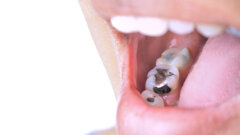

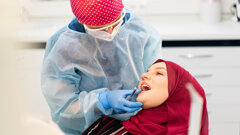

























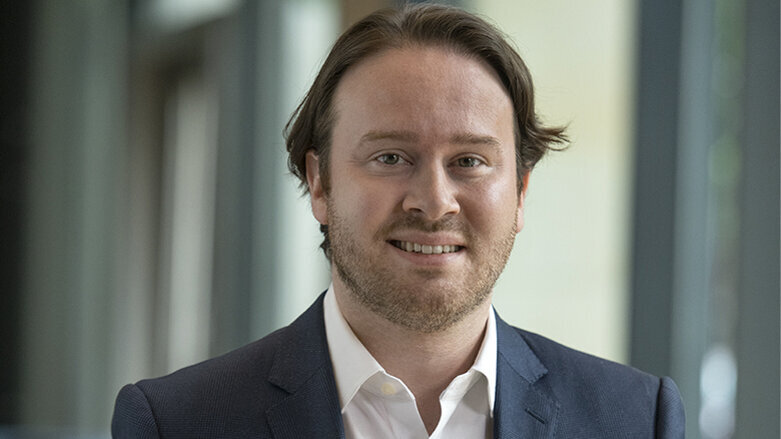
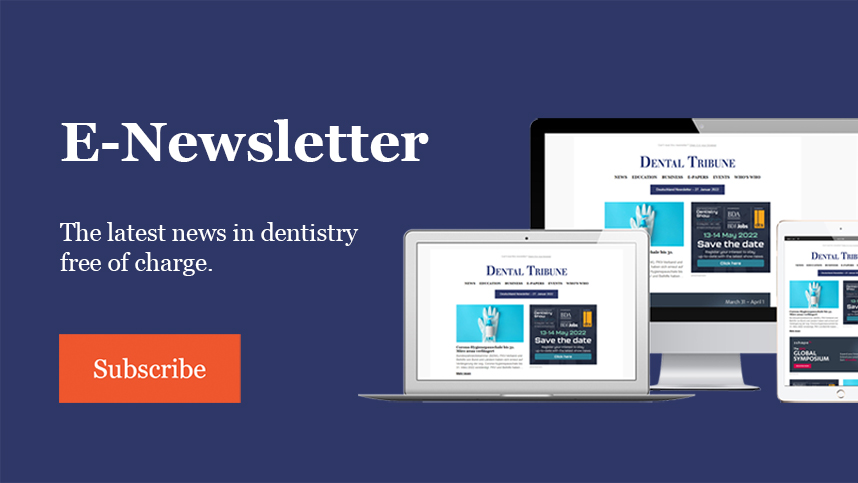


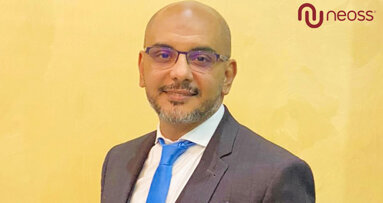

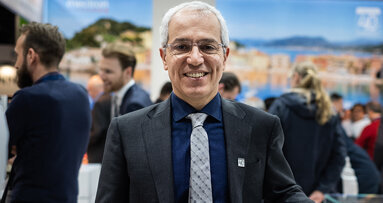
![Towards a healthy mouth with [BE YOU.] Towards a healthy mouth with [BE YOU.]](https://cdn.dental-tribune.com/dti//0001/b96fc066/cmVzaXplLWNyb3Aodz0zODM7aD0yMDMpOnNoYXJwZW4obGV2ZWw9MCk6b3V0cHV0KGZvcm1hdD1qcGVnKQ/up/dt/2018/05/Overview_Design3-1.jpg)
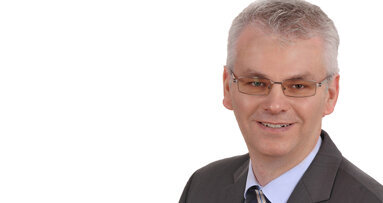

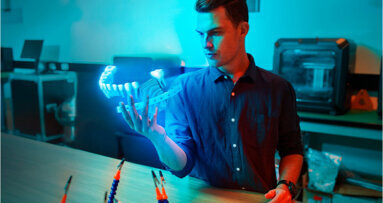
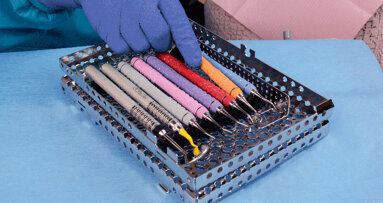
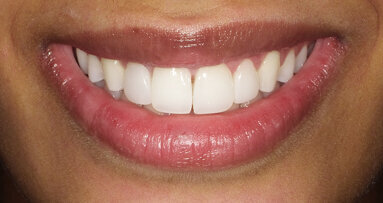


















To post a reply please login or register